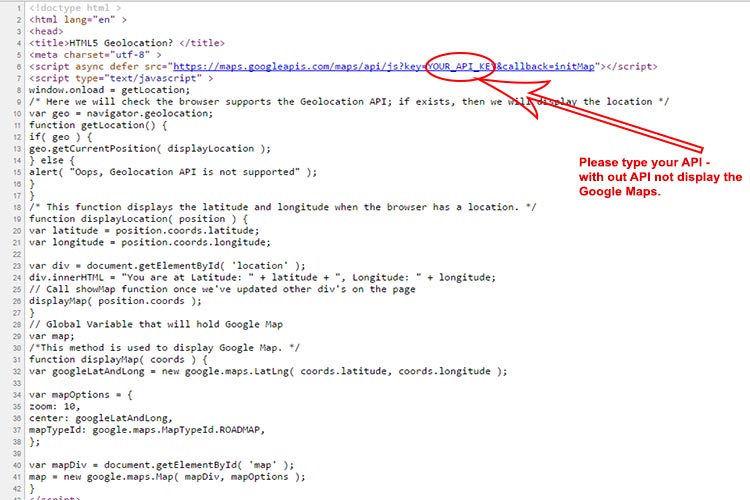

#Html5 audio events code#
Fortunately, audio and video have attributes, events, and methods you can. Events are fired to notify code of 'interesting changes' that may affect code execution. In the example below, you can play with the JavaScript API, making the video play and pause, change the play rate (make it go faster or slower), control the volume and even change the video sources. Current browser support for HTML5 audio formats. These allow you to manipulate and control and elements using JavaScript.įor instance, you can use the API to play and pause a video using simple buttons and the play() and pause() API methods. The HTML5 API has methods, properties, and events for the and elements. Your browser doesn’t support HTML5 video. Your browser doesn't support HTML5 video. Moreover, other attributes enable you to set the source file, add a poster (video placeholder image), or start playing the video automatically.Īs with most HTML elements, you can use Cascading Style Sheets (CSS) to style and position the element and create innovative uses of video elements, such as placing them as a video page background. Add the controls attribute, and users can control playback. In its most basic form, adding an audio or video to your webpage with the HTML5 audio or video elements is done with a single line of HTML. HTML5 introduced native support for audio and video elements.Using HTML5 video, you can embed a fully-featured video player on your web page, without requiring any third-party plugins or even resorting to JavaScript. Instead of using HTML or a native JavaScript API, developers had to rely on third-party plugins such as Adobe Flash Player (and later, Silverlight). Triggers when a media resource element suddenly becomes empty.Not long ago, adding a video to a web page implied quite a lot of work (and a bit of luck) as videos were not supported by browsers. Triggers when the length of the media is changed Triggers when dragged element is being dropped Triggers at the start of a drag operation

Triggers when an element is being dragged over a valid drop target Triggers when an element leaves a valid drop target Triggers when an element has been dragged to a valid drop target Triggers when a context menu is triggered Triggers when media can be played to the end, without stopping for buffering Triggers when media can start play, but might has to stop for buffering We would cover element-specific events while discussing those elements in detail in subsequent chapters. We can use the following set of attributes to trigger any javascript or vbscript code given as value, when there is any event that takes place for any HTML5 element. The HTML5 specification defines various event attributes as listed below −

We can write our event handlers in Javascript or VBscript and you can specify these event handlers as a value of event tag attribute. These are examples of what JavaScript calls events. That's why we can't (directly) style it (yet) through CSS, and it has different looks on different browser. The default browser audio player (in Chromium, Firefox, the new Internet Explorer, Opera, etc) is actually a canvas element.

When users visit your website, they perform various activities such as clicking on text and images and links, hover over defined elements, etc. HTML5 audio element is pretty much new and a super exciting HTML media element (there's also HTML5 video element).


 0 kommentar(er)
0 kommentar(er)
